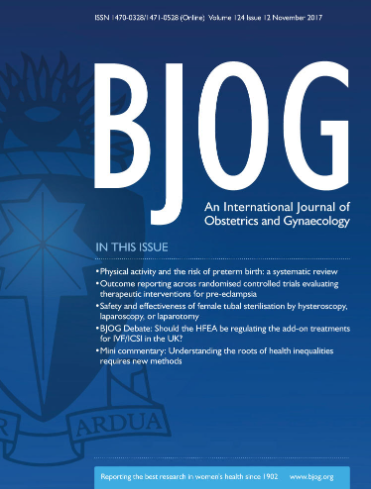Adherence to a Cholesterol-Lowering Diet and the Risk of Female Hormone-Related Cancers: An Analysis From a Case–Control Study Network
Abstract
Objective
We investigated the association between a cholesterol-lowering diet score and the risk of female hormone-related cancers.
Design
We used data on 2108 breast, 367 endometrial, 869 ovarian cancer cases and corresponding controls from an Italian network of case–control studies.
Setting
Hospital-based.
Sample
Breast, endometrial, and ovarian cancer cases and controls.
Methods
We assessed the adherence to a cholesterol-lowering diet using a score based on seven dietary components: high intake of non-cellulosic polysaccharides, monounsaturated fatty acids, legumes, seeds/corn oil; low intake of saturated fatty acids, dietary cholesterol, and glycaemic index. We assigned one point for each component if the requirement was met; otherwise, we assigned zero. The overall score was calculated by summing up points over the seven components, ranging from 0 (null) to 7 (complete adherence).
Main Outcome Measures
Odds ratios (ORs) and 95% confidence intervals (CIs) were estimated through unconditional logistic regression models including terms for potential confounders.
Results
Compared to a low adherence to a cholesterol-lowering diet (0–2 points), the ORs for a higher adherence (5–7 points) were 0.74 (95% CI: 0.60–0.92) for breast, 0.48 (95% CI: 0.30–0.77) for endometrial, and 0.77 (95% CI: 0.57–0.99) for ovarian cancer. The ORs for a 1-point increment in the score were 0.87 (95% CI: 0.97–0.80), 0.80 (95% CI: 0.72–0.90), and 0.90 (95% CI: 0.84–0.97) for breast, endometrial, and ovarian cancers, respectively.
Conclusions
A cholesterol-lowering diet may favourably affect the risk of female hormone-related cancers.


 求助内容:
求助内容: 应助结果提醒方式:
应助结果提醒方式:


